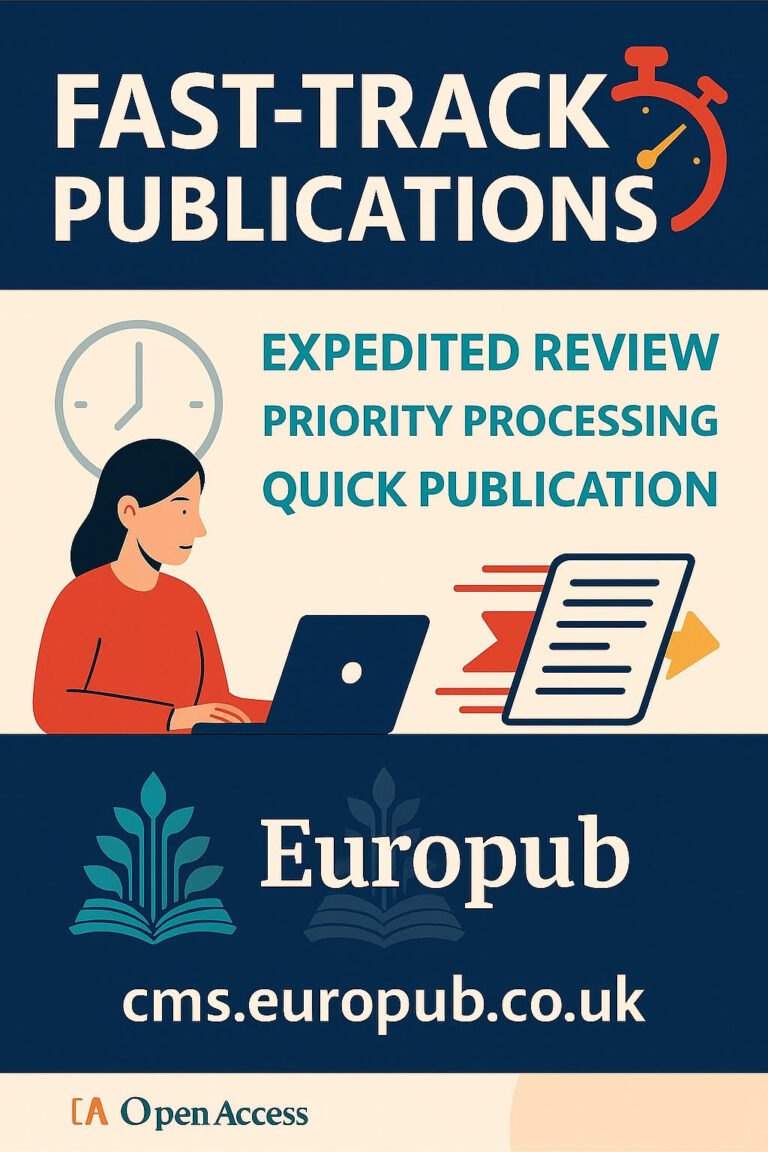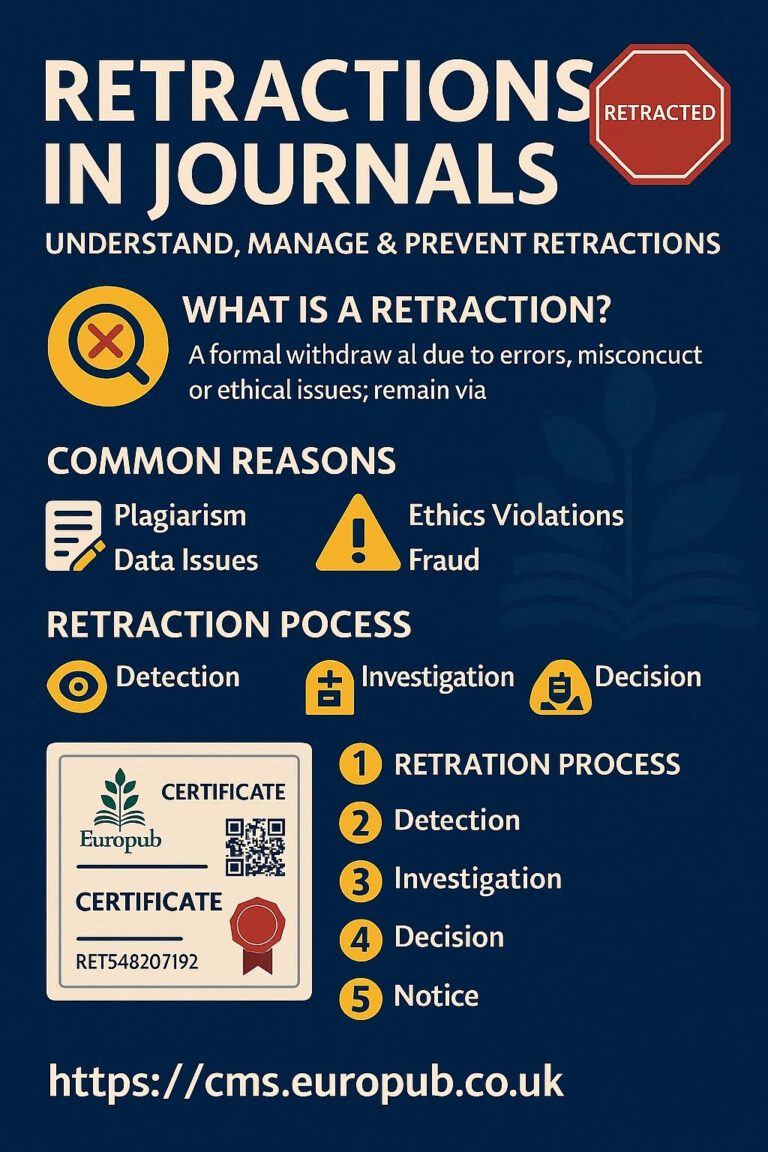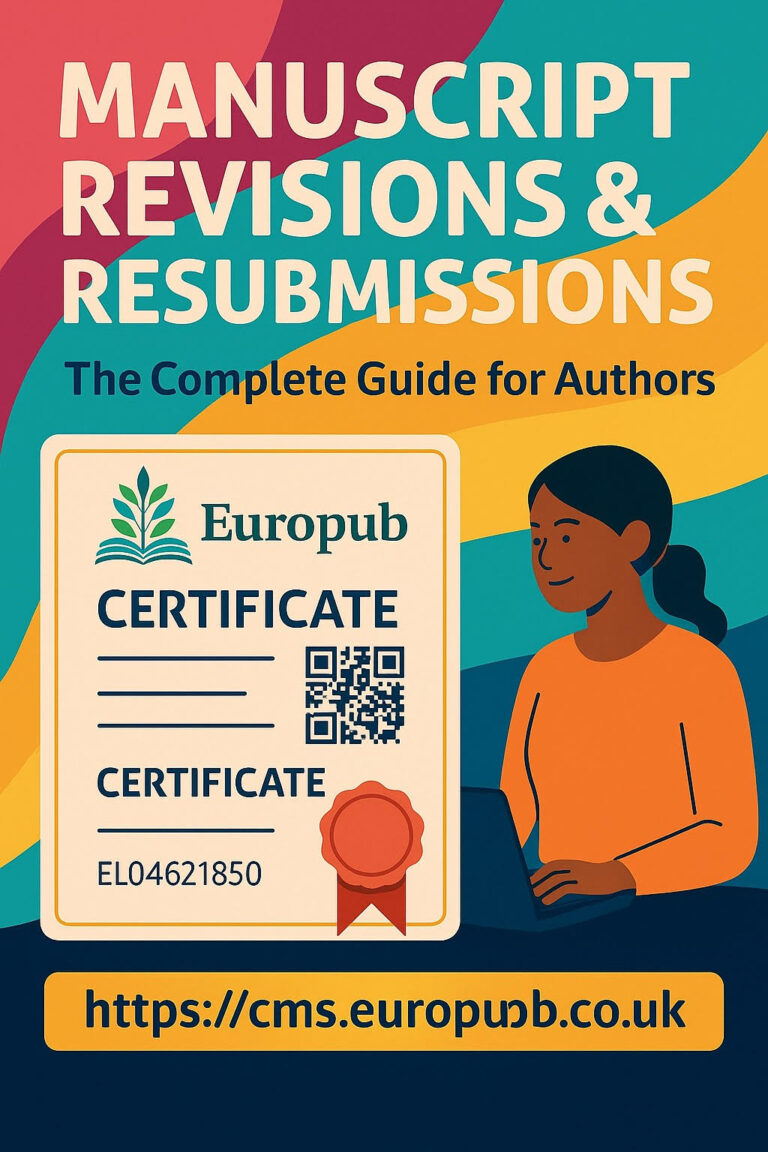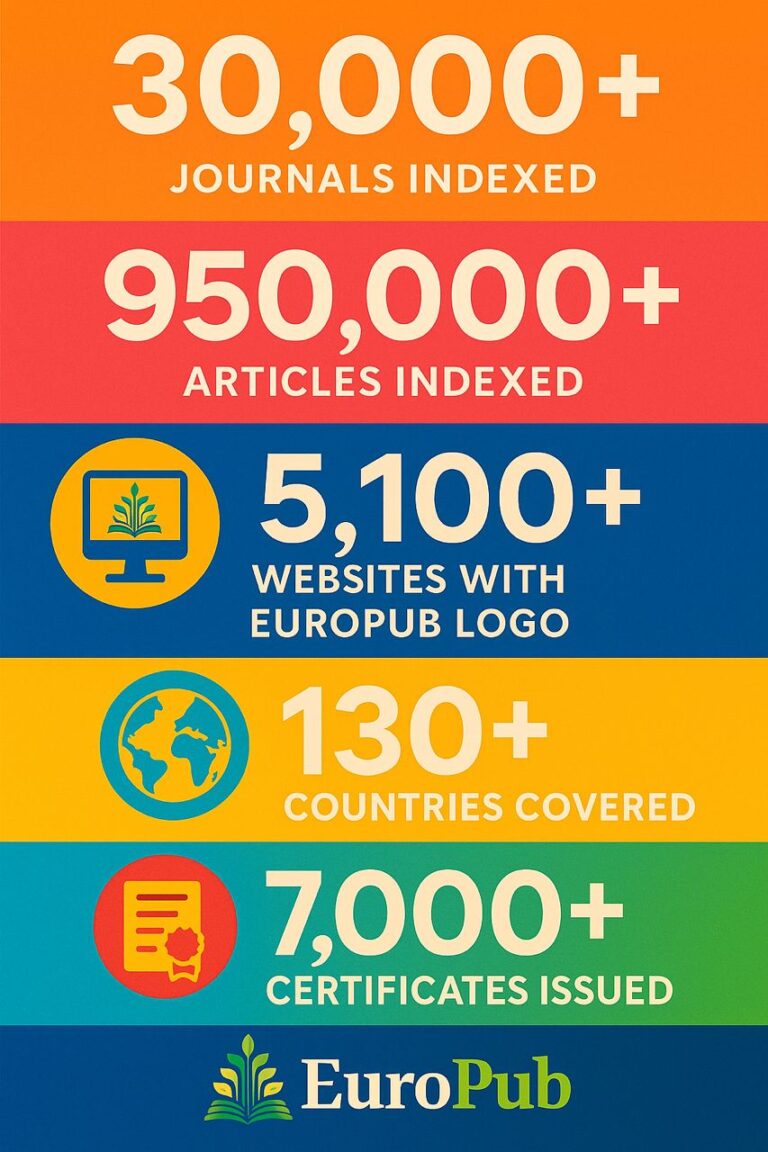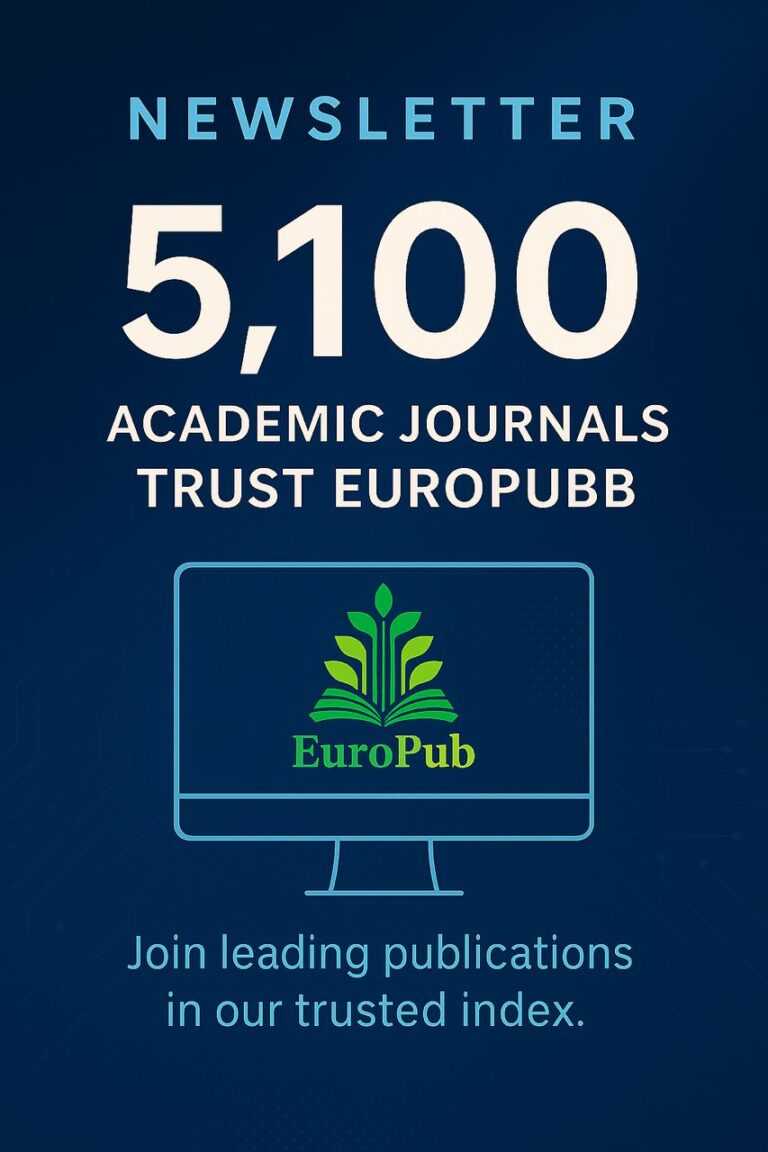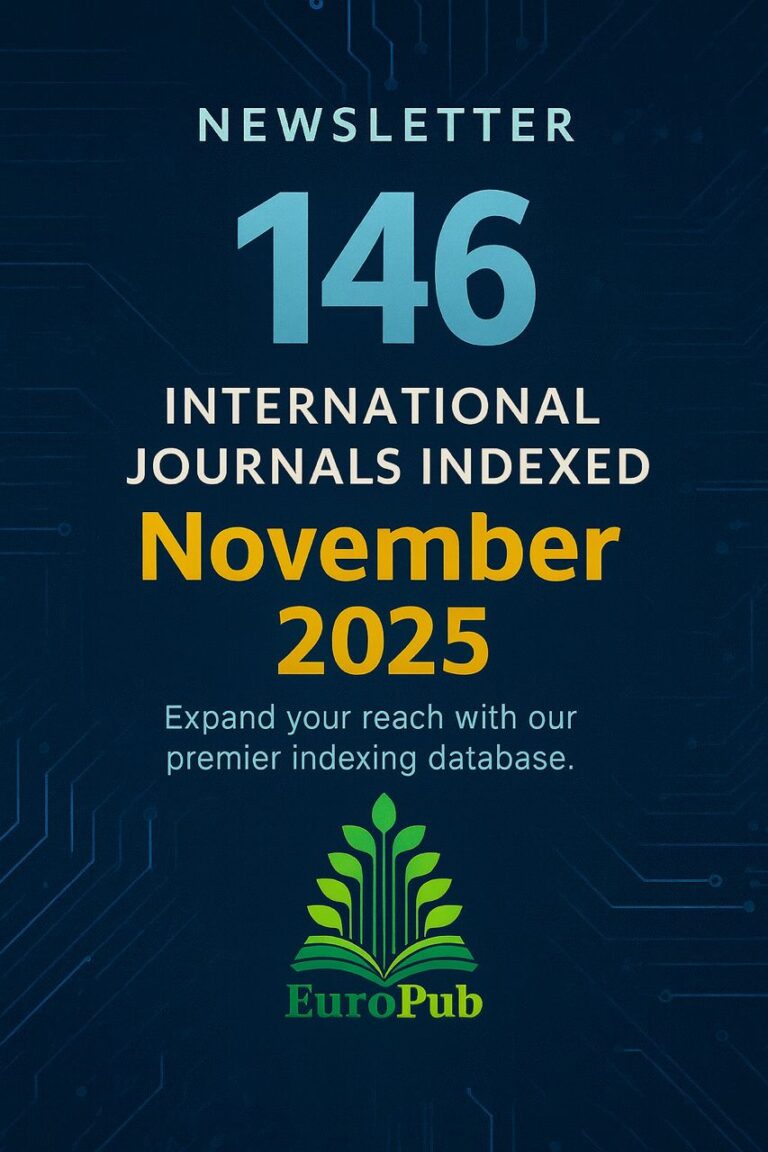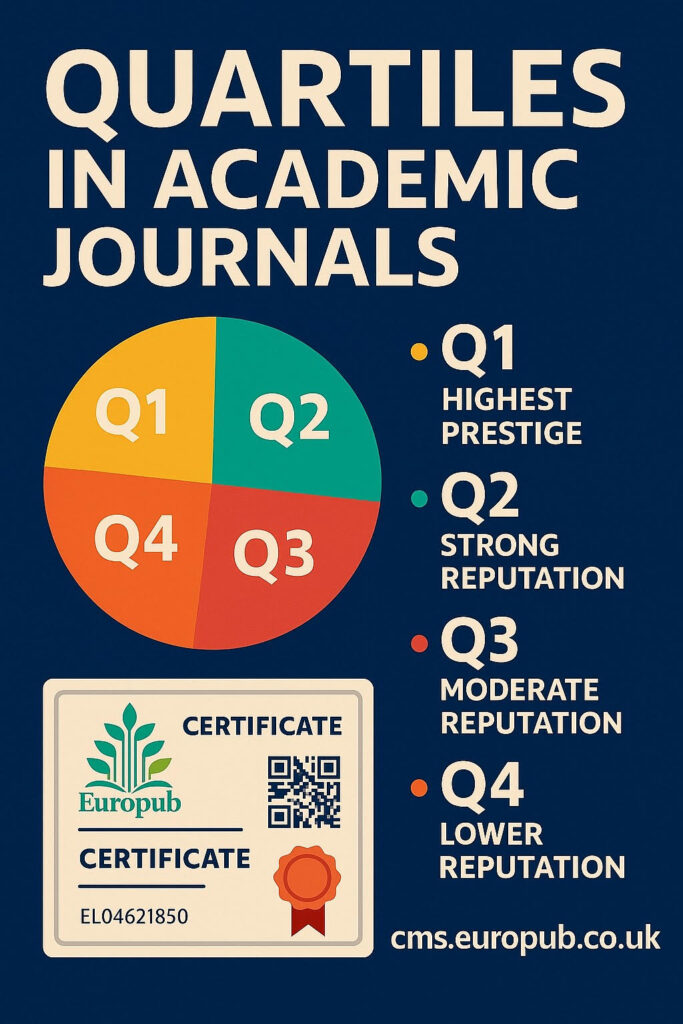
 What are Journal Quartiles?
What are Journal Quartiles?
Quartiles (Q1–Q4) are a system of ranking academic journals based on their Impact Factor or related citation metrics within a specific subject category. They are widely used by researchers, institutions, and funding agencies to evaluate the prestige, quality, and visibility of journals.
The quartile system is most commonly derived from Journal Citation Reports (JCR) by Clarivate and Scopus/SJR (SCImago Journal Rank).
 How are Quartiles Calculated?
How are Quartiles Calculated?
- Journals are grouped by subject category (e.g., Medicine, Engineering, Social Sciences).
- Journals are ranked by Impact Factor (IF) or SJR score.
- The list is divided into four equal groups (quartiles):
- Q1 (Top 25%) → Highest prestige, most citations, top impact.
- Q2 (25%–50%) → Strong journals, good reputation, well-cited.
- Q3 (50%–75%) → Moderate reputation, average citations.
- Q4 (75%–100%) → Lowest quartile, fewer citations, but still indexed.
 Importance of Quartiles
Importance of Quartiles
- Q1 journals are often considered “elite” or “high-impact.”
- Used in academic promotions and tenure evaluations.
- Important for grant applications and research funding.
- Helps researchers select journals with the highest visibility.
- Institutions and ranking systems (QS, THE) use quartiles for university research impact scores.
 Limitations
Limitations
- Discipline bias → Some fields (like physics, medicine) naturally receive more citations than others (like humanities).
- Language bias → English journals dominate Q1 rankings.
- Not absolute → Q4 journals can still be reputable in niche fields.
 Alternative Ranking Systems
Alternative Ranking Systems
- CiteScore Quartiles (Scopus)
- SNIP (Source Normalized Impact per Paper)
- Eigenfactor
 Europub Certificate Note
Europub Certificate Note
Europub provides Quartile Recognition Certificates (Q1–Q4) for journals, authors, and editorial boards through its Certificate Management System.
Researchers and editors can also contact the Europub team for tailored advice on quartiles and journal rankings.
 Frequently Asked Questions (FAQ) on Quartiles
Frequently Asked Questions (FAQ) on Quartiles
Q1. Who assigns quartiles to journals?
A1. Quartiles are assigned by Clarivate (JCR) and Scopus (SJR/CiteScore) databases.
Q2. What does Q1 mean in journals?
A2. Q1 indicates the journal is in the top 25% of its field, considered the most prestigious and impactful.
Q3. Is Q1 always better than Q2 or Q3?
A3. Generally yes, but context matters. Q2 journals may still be highly respected, especially in niche fields.
Q4. Do all journals have quartiles?
A4. No. Only journals indexed in Web of Science (JCR) or Scopus receive quartile rankings.
Q5. How often are quartiles updated?
A5. Quartiles are updated annually along with JCR and Scopus updates.
Q6. Can quartiles vary between databases?
A6. Yes. A journal may be Q1 in Scopus but Q2 in JCR due to different citation data.
Q7. Why are quartiles important for PhD and tenure?
A7. Universities often require publications in Q1 or Q2 journals for academic promotions and research funding.
Q8. How can a journal move from Q3 to Q1?
A8. By increasing citations, attracting quality submissions, improving indexing, and collaborating with reputable authors.
Q9. Are Q4 journals bad?
A9. Not necessarily. Q4 journals are still indexed and peer-reviewed but have lower citation influence.
Q10. Can Europub help journals improve quartile ranking?
A10. Yes. Europub offers guidance, indexing services, and certification to support journals in improving visibility and impact.
 Recommended Links:
Recommended Links:
- Clarivate JCR: https://clarivate.com/webofsciencegroup/solutions/journal-citation-reports
- Scopus SJR: https://www.scimagojr.com
- Europub Database: https://europub.co.uk
- Europub News: https://news.europub.co.uk
- Certificate Management: https://cms.europub.co.uk
